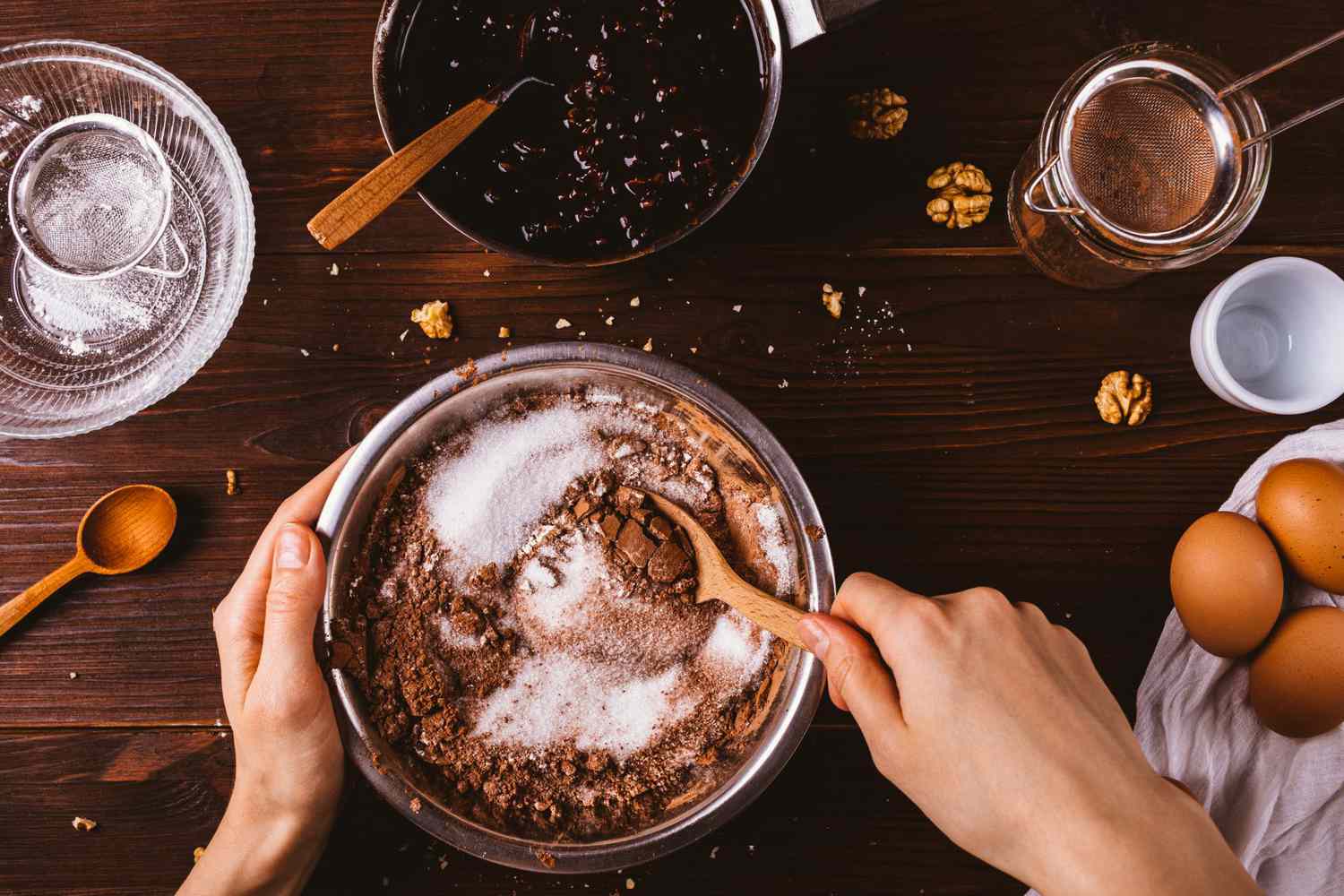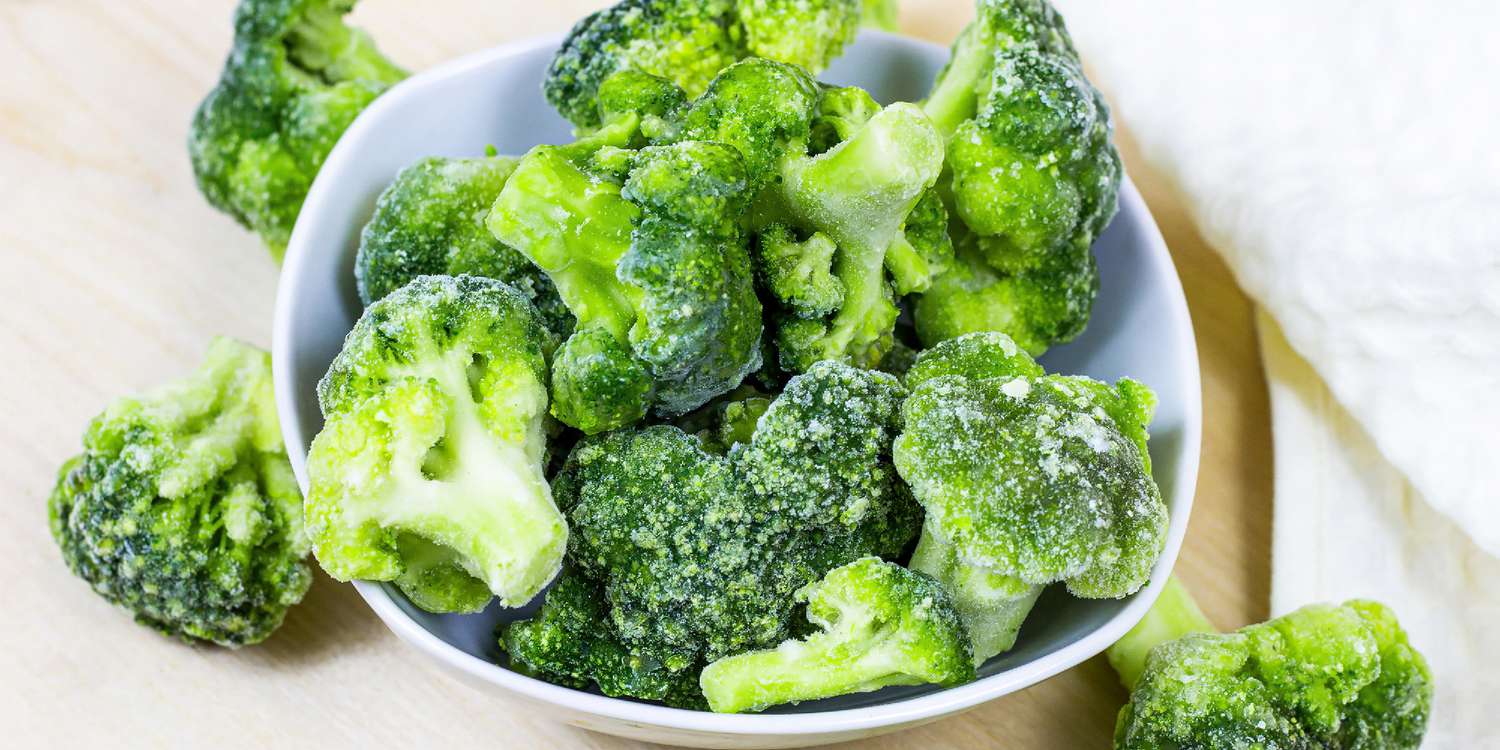It’s time to ditch your measuring cups and teaspoons for a kitchen scale. Once you see how much easier baking with weight measurements is, I bet you will soon find yourself converting your favorite recipes into grams — saving yourself time and reducing dishes.
First, let’s talk about why using a scale and working in grams or ounces is essential. As a pastry chef, I use grams for my recipes because the accuracy and simplicity makes my work easier. Grams are more often whole numbers so if you need to adjust the size of a recipe, it’s easier to calculate than trying to multiply or divide fractions of cups or teaspoons. When recipes call for a “packed” or “heaping” cup of an ingredient, say maybe brown sugar or flour, those descriptions are vague and confusing. A weight measurement is a clear number so recipes come out consistent no matter what you are baking.
Once I read through a recipe, my next step is always to rewrite the recipe using grams, converted from the volume measurements (cups, teaspoons, and tablespoons). This might sound unnecessary but, for me, it is the most helpful step in the process. If the recipe is written in cups and teaspoons, I’ll scribble the conversions in the margin, from 1 cup of sugar to 190 grams, and so on, based on a conversion chart I keep handy in my kitchen. Then, instead of searching for my mismatched (or misplaced) measuring cups, teaspoons, and tablespoons, I grab my kitchen scale and start weighing the ingredients.

When I begin measuring out my ingredients, I turn on my scale, place the mixing bowl I’m using on it and set it to zero. Rather than keeping track of how many cups of flour I have added to the bowl, I keep adding the flour until the scale reflects the number of grams needed in the recipe; and then, click the button again to zero it out. Next, I add my baking soda by pouring in enough that, again, the weight comes to the correct amount — such as 6 grams, which is a teaspoon. I click the button to zero out again and add my next ingredient. This approach to measuring is so much faster than finding multiple different measuring utensils (and washing them too). All it requires is the push of a button.
Hopefully, by now, you’re interested in working in grams and wondering where to buy a kitchen scale. My favorite and most used kitchen item is the Escali Primo Digital Kitchen Scale ($19.99, Target.com). This scale is easily found online or in major department stores, comes in many colors, and is relatively inexpensive. Once you have a digital scale, getting started should be a breeze. If the recipe you want to bake already provides weight measurements, you’re on your way! However for most recipes that are not written in grams, you’ll need to first find a notepad or write directly on the recipe to convert the volume measurement into grams or ounces. Refer to the chart of basic conversions below to accomplish this step. Once you’ve converted your recipes and start using a scale, enjoy baking with ease and accuracy — you will never go back to old fashioned cups and teaspoons again.
Dry Goods
| All-Purpose Flour | 1 cup = | 140g |
| Almond Flour | 1 cup = | 100g |
| Baking Powder | 1 teaspoon = | 5g |
| Baking Soda | 1 teaspoon = | 6g |
| Bread Flour | 1 cup = | 150g |
| Cake Flour | 1 cup = | 130g |
| Cocoa Powder | 1 cup = | 120g |
| Corn Meal | 1 cup = | 212g |
| Oats, rolled | 1 cup = | 100g |
| Walnuts, chopped | 1 cup = | 100g |
| Chocolate Chips | 1 cup = | 180g |
| Salt (fine sea salt) | 1 teaspoon = | 5g |
| Salt (Kosher) | 1 teaspoon = | 3g |
Eggs and Dairy
| Egg | 1 large = | 50g |
| Egg Yolk | 1 large = | 20g |
| Butter | 1 cup = | 226g |
| Buttermilk | 1 cup = | 260g |
| Milk | 1 cup = | 240g |
| Heavy Cream: | 1 cup = | 238g |
| Cream Cheese: | 1 cup = | 212g |
| Sour Cream/Yogurt: | 1 cup = | 220g |
Sugars, Syrups, and Oils
| Granulated Sugar | 1 cup = | 190g |
| Brown Sugar | 1 cup = | 150g |
| Powdered Sugar | 1 cup = | 130g |
| Honey | 1 tablespoon = | 20g |
| Molasses | 1 cup = | 350g |
| Vegetable Oil | 1 cup = | 210g |
| Vanilla Extract | 1 teaspoon = | 4g |




















